The Texan Shinto Rasp
The Shinto Rasp is a rasp like tool. Its created by arranging saw blades in a grid. Most have a coarse (10 ppi) and fine (20 ppi) side.
I was introduced to them on a guitar building course where all the rough shaping of the guitar neck was performed with a Shinto. In my case I was shaping a neck out of Wenge, not the easiest timber in the world to work. Wenge yielded nicely to the Shinto. The coarse side removes stock quickly and easily, only surpassed by the finest hand stitched rasps, and unlike a fine hand stitched rasp, the Shinto is an affordable tool.
The fine side is not particularly fine, but a little work with a file or sandpaper can get the resulting surface finish ready. The largest weakness of the Shinto is that it iss completely flat on both sides. If you need the curved side of a cabinetmakers rasp, this is not the tool for you. When it comes to the work a flat rasp can perform, I feel absolutely no need to spend a penny more.
After the course, I bought and regularly used the rasp. As my tool collection grew, one thing bothered me. Unlike everything else, this tool seemed to have no history. Searching through old magazines, they seemed to appear fully formed in the late 80s. The tool is obviously refined and well designed. It seems to have had no major modifications in the intervening decades. I found it hard to believe Shinto Rasps had no story and no evolution. It would bug me from time to time.
One day, idly browsing Ebay resulted in me finding and promptly purchasing a weird little tool called “The Marvel” made by Anderson of Chicago. I could find out little more about the tool or its manufacturer. This was clearly an ancestor of the Shinto. Rows of saw blades arranged for rasp style work. Its obviously neither as nice, nor as effective. I felt like I had found a missing link.
A few months later. I discovered the “Surf Rasp” by Globe Master, a tool from the 50s that looked like a slightly less refined Shinto. It was made in Japan, although Globe Master was a US Company that largely produced budget tools and manufactured all over the world.
Finally I was on a “Hand Planes & Coffee” call, when Alison Rickets mentioned that early patents where not digitized and where difficult to search if you did not know the patent number. I dug up a modern rasp patent and started working my way back through earlier patents it referenced. Most patents list previous related patents. Back and back I went, until I found US Patent 76,618 awarded to I. Fisher for a saw blade rasp. Its a far cry from a Shinto, but its that primitive early unrefined tool I thought must be out there.
Its interesting that this is not a patent on the concept of a saw blade rasp, but rather a patent on an improvement in arrangement and holding of the blades. Clearly saw blade rasps are indeed a classic hand tool with at least 160 years of history.
Working back and forth through the patent archive, I believe patent 2,549,570 awarded to C. W. Bryan of Dallas, Texas in 1951 is the first “Shinto Rasp”, recognisable as a clear variant of the tool as it is found today (You could argue the toss). This makes the Shinto a Texan rather than Japanese tool! For those fans of the Shinto out there, I hope you continue to enjoy your traditional Texan woodworking tool, and for those who have not, give them a try, I don’t think you will be dissapointed.
This and other tool diversions are archived at https://blog.vintagetoolpatch.com . If you would like to write one let me know!
The Shinto Rasp
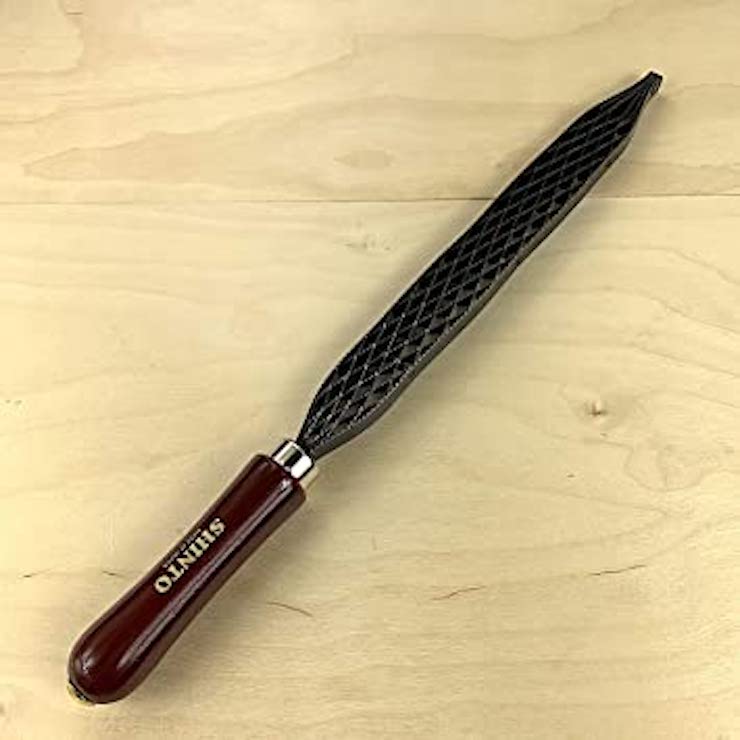
A close up of the coarse sides teeth.
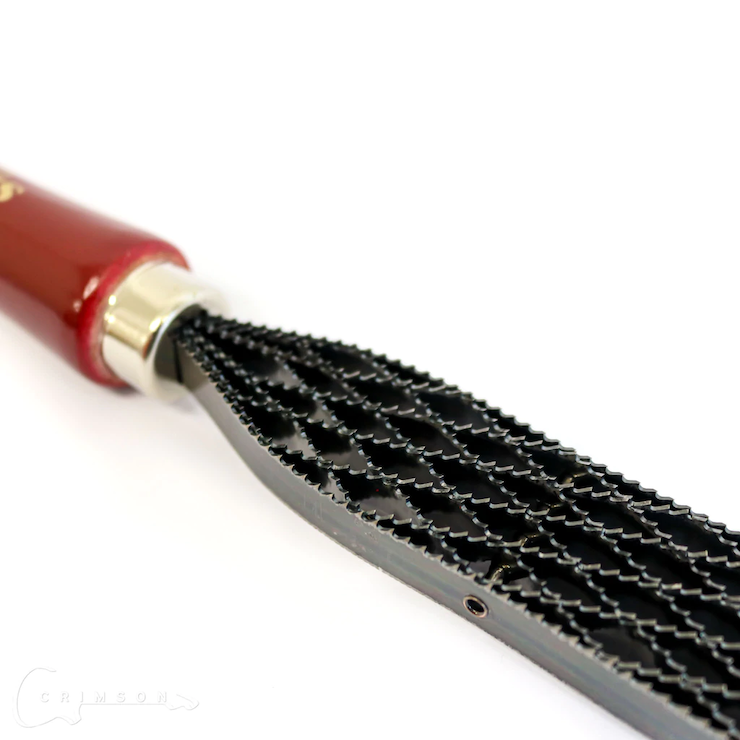
Paul Sellers demonstrates the finish of (from left to right), Coarse, Fine and then Fine finished with a file.
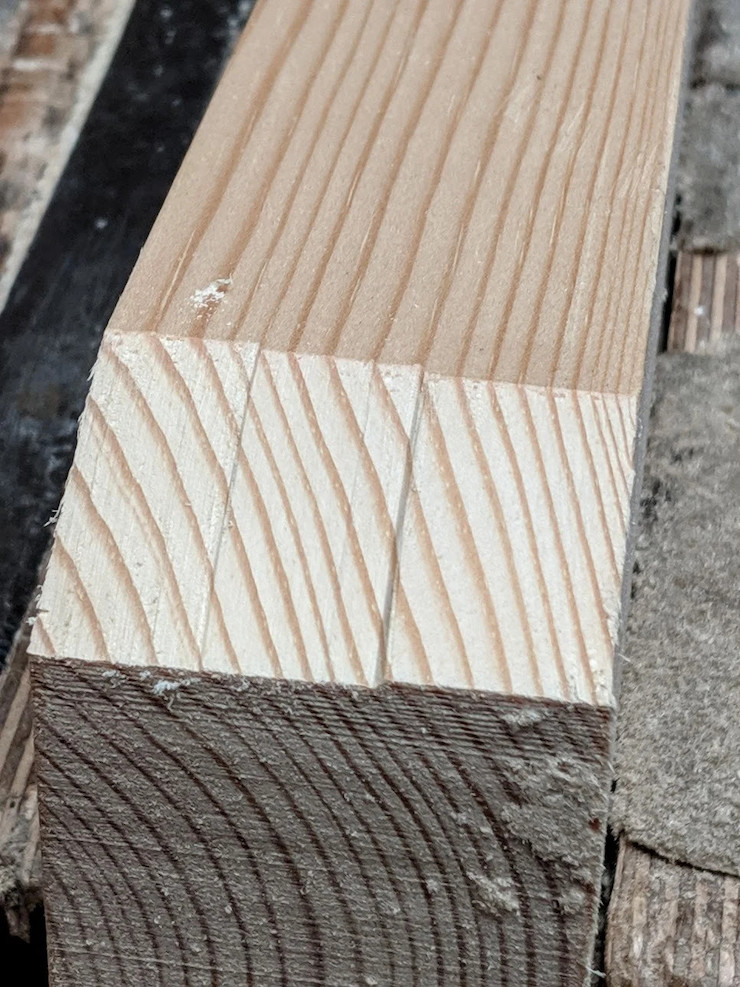
A Shinto Rasp at work
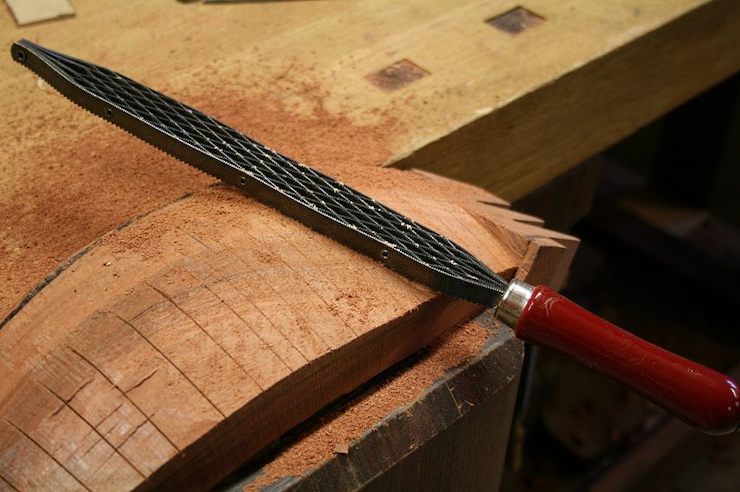
The missing link. “The Marvel” by C.J. Anderson MFG Co.
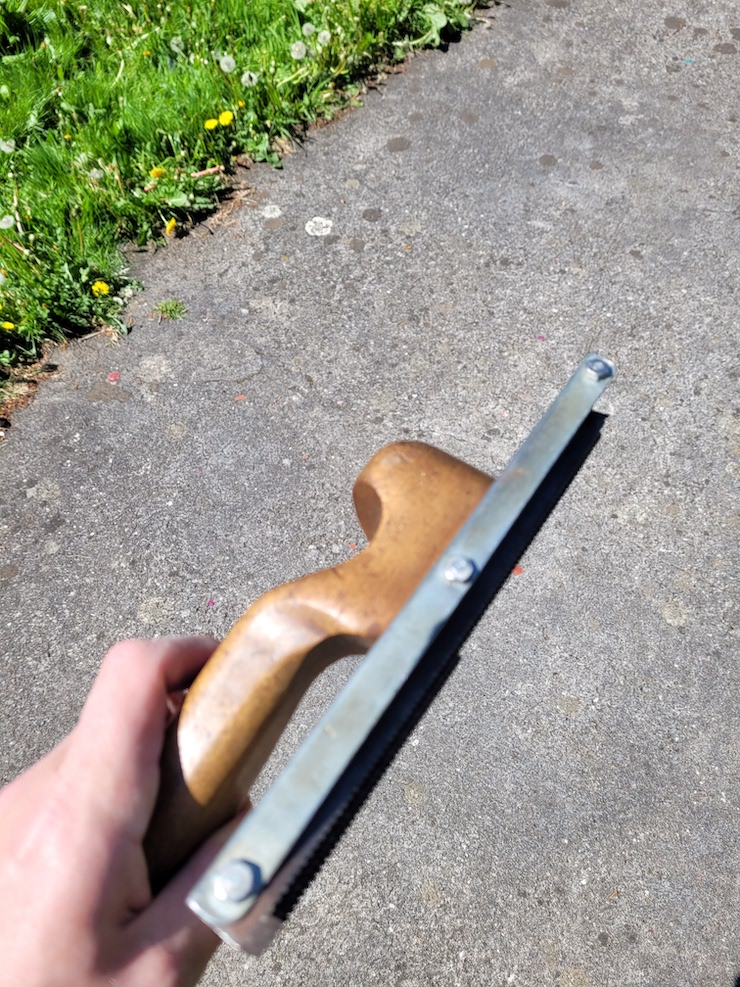
Top side, I still don’t completely understand the handle design. I think this one may have been made for left handed use.
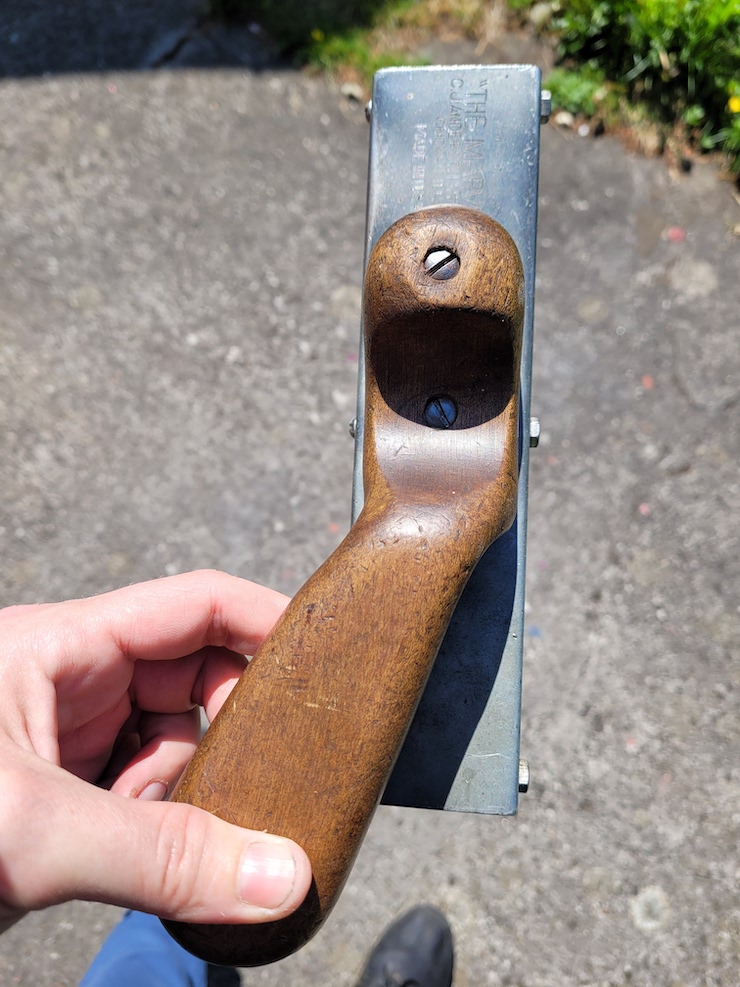
Makers Mark. If you know more about C.J. Anderson I would love to hear it.
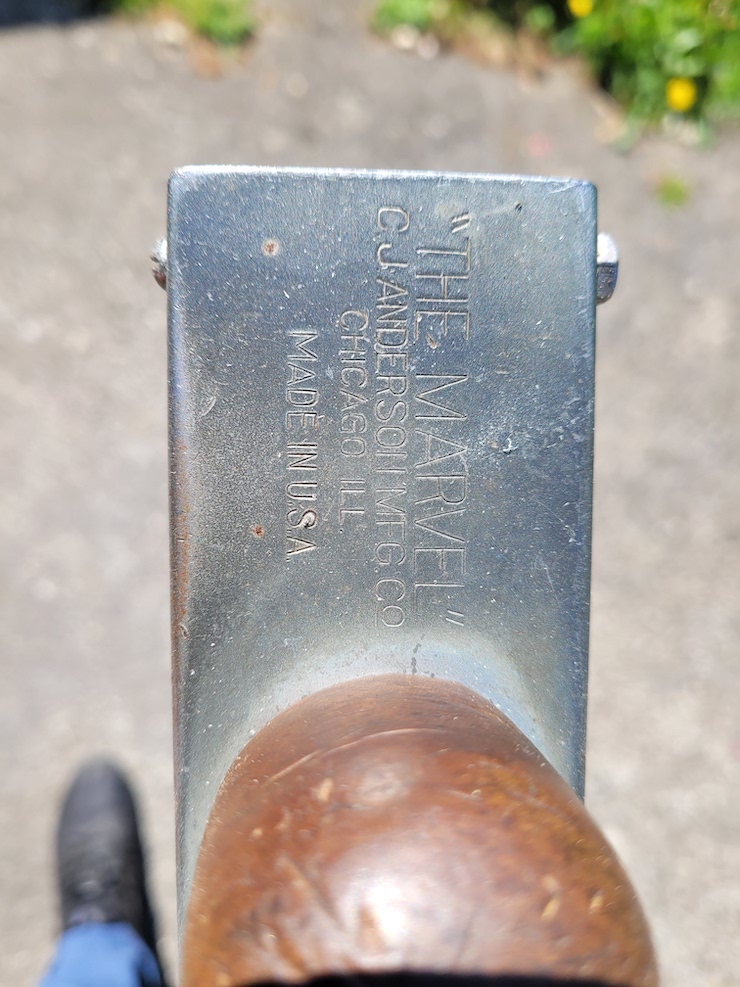
The Globe Master Surf rasp from the 1950s. Clearly an ancestor of the Shinto. Also made in Japan, but by a US company.

Surf Rasp Packaging
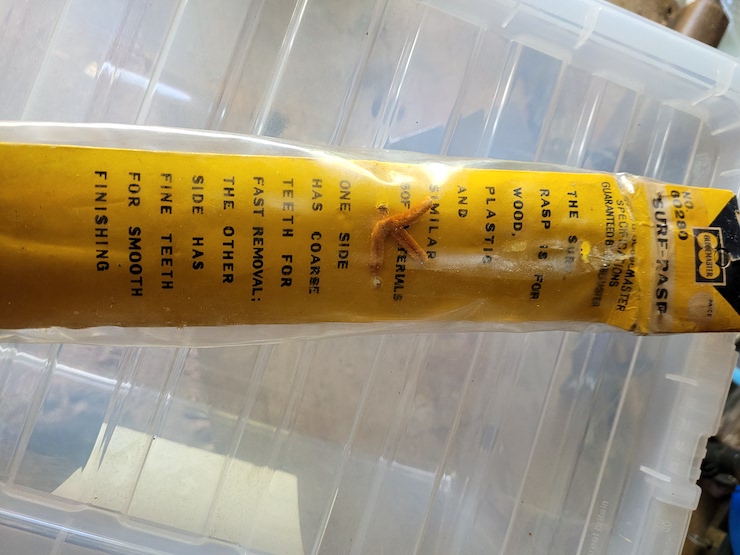
The earliest saw/rasp patent I have found. https://patentimages.storage.googleapis.com/c6/a2/59/0c74051170269f/US76618.pdf
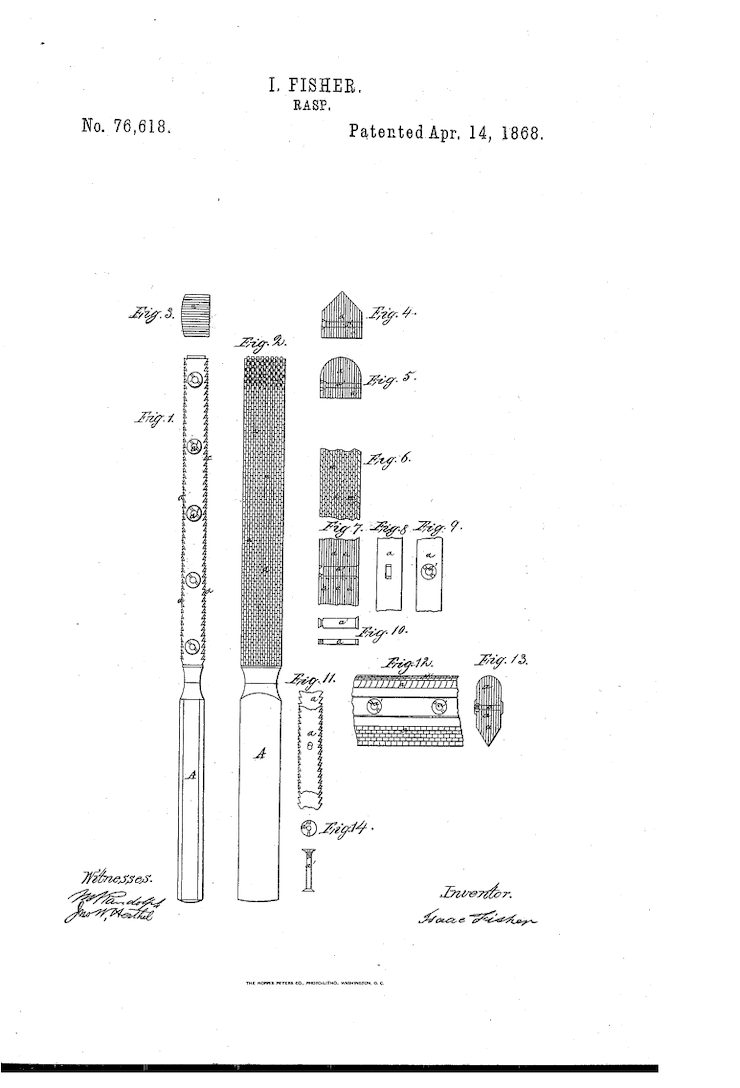
My pick for the patent for the first “Shinto” rasp. Which makes it a Texan tool! https://pdfpiw.uspto.gov/.piw?Docid=2549570&idkey=NONE&homeurl=http%3A%252F%252Fpatft.uspto.gov%252Fnetahtml%252FPTO%252Fpatimg.htm

A Shinto like rasp in german firm Lohmann & Co’s catalog. The catalog is sadly undated, but the firm was founded in 1901. https://archive.org/details/LohmannAndCoBremen/page/n5/mode/2up
